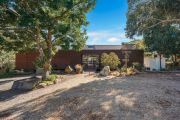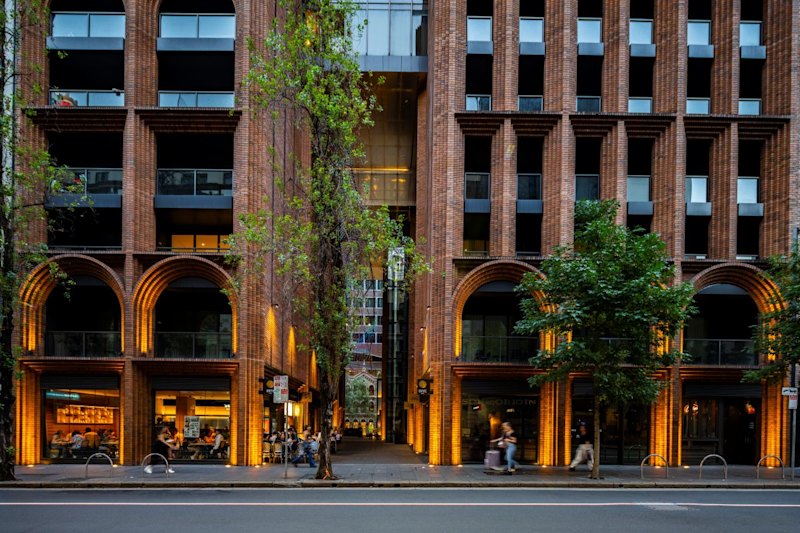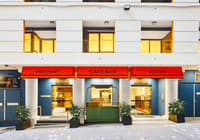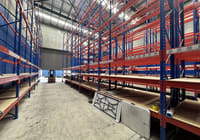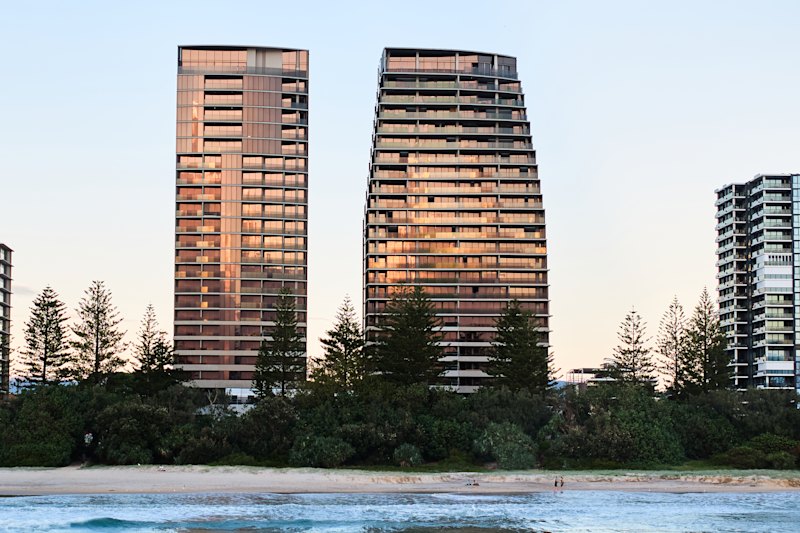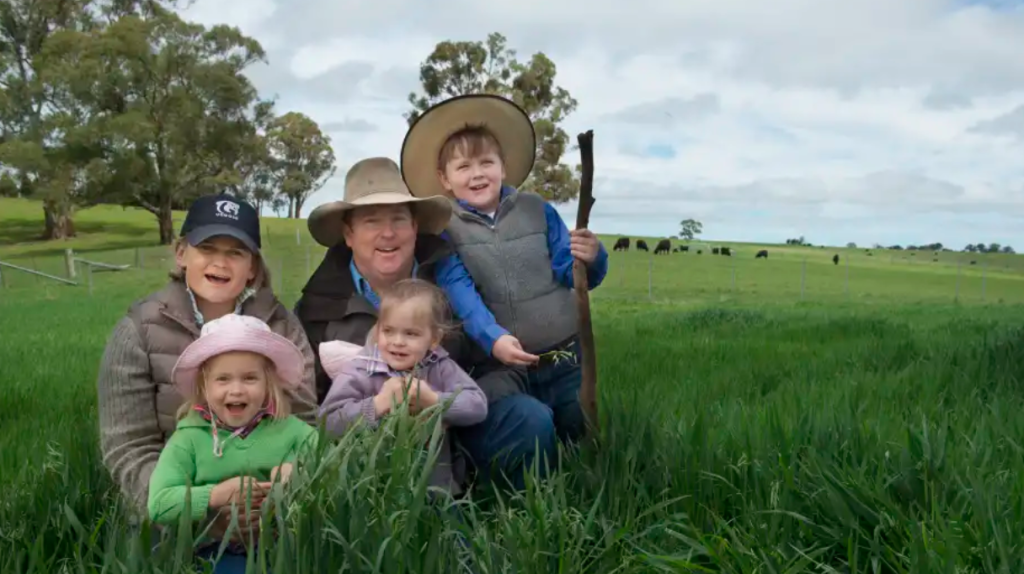
Why farming families are selling up after generations
For the Mackenzie family, selling Seaforth – the cattle, sheep and goose station near Guyra in NSW that has been in the family for 110 years – was an agonising decision.
So in late November, when bushfires threatened their property forcing them to delay the auction, emotions were running high.
“It was a really hard decision to put Seaforth on the market,” says Herb Mackenzie whose family’s ownership of Seaforth stretches back four generations to 1910. “We agonised about it for months and months. It’s a beautiful property in a magical party of the world. I know every area of it.”
Thankfully for the Mackenzies, the fire on the edge of Seaforth’s northern border was brought under control. And remarkably, neither the massive bushfires that have wreaked havoc across Australia this summer nor the severe drought that has gripped the country’s south-east for the last three years, derailed the sale.
Just before Christmas, the 1000 hectare property, sold for $7.6 million, to two neighbouring farmers, who had set up a syndicate.
Ray White selling agent Andrew Starr said it was a “strong” result compared with recent sales.
The purchase just weeks after the property was threatened by fire shows demand for premium rural properties remains strong despite the sizeable challenges faced by farmers. And families like the Mackenzies are taking advantage of high prices to sell-up.
Farms in areas of good rainfall or with reliable access to water and with a history of producing high yields of sought-after commodities like beef, lamb, almonds, citrus, grains and cotton are being pursued by a bevy of new agribusiness funds and family-run businesses looking to create larger portfolios.
According to the Australian Farmland Index, which tracks over a $1 billion of premier farmland, the sector delivered a healthy 12.5 per cent return over the year to September, though this was down on the prior quarter.
Recent sales of long-held family farms include the Glendene Park stud south of Mt Gambier, owned by the Kilsby family for 60 years; Curry Flat, near Nimmitabel in the Monaro region, owned since settlement by five generations of Jardines; and Briar-Vale near Harden in the South West Slopes, which has been owned by the same family for 160 years.
Emrose, a farm north-east of Parkes, owned for 150 years by four generations of the Barber family, sold last year to a Merino farmer seeking land with better rainfall. And in the Cootamundra region of NSW, Gilgal, Winona and O’Connor – owned since 1865 by five generations of the Ward family – is now under contract (with a $30 million price tag). Meanwhile, two prominent families in Queensland’s Proserpine cane and beef region, the Fausts and their cousins the Drays, recently sold their land.
The reasons for selling are different in each case, with succession challenges (almost a third of farming families have no succession plan, according to Rabobank), high property prices and climate challenges all playing a role.
Landmark Harcourts veteran rural agent Darryl Langton, who recently sold the Schmidt family’s beef and sheep property Gladys Downs for a record district price of more than $20 million, says multi-generational farms remain highly sought after.
“Many of them are high class assets, so when they come forward, they attract attention,” says Langton. “One period of single ownership says something about the quality of property.”
Gladys Downs was bought by Australian Country Choice, one of the country’s largest beef export businesses. It was the end of an era.
“When my grandfather Clarence arrived [in 1917] – there was no house (not even a hut), no fences, no water, no means of communication, no running water, no power and of course no stock,” says Kelvin Schmidt, who took charge of the property with his sister Judith Bowles in the mid 1990s.
“He immediately set about building some very basic accommodation so he could bring out his wife Ellen and five children, the last of whom was my father Clayton.”
For Herb and Lucy Mackenzie – who branched out successfully into goose farming in 2015 after the previous year’s drought almost brought them to their knees – the decision to sell and relocate was driven by a desire to be closer to family and a major metropolitan area.
This Australia Day weekend they will travel almost 1500 kilometres south with their three young children – twin daughters Maggie and Molly and son George – to Lower Tarwin in Victoria’s South Gippsland region, where a new farming life awaits in a region less prone to drought and better suited to breeding Angus cattle.
“We’ll be next door to Lucy’s parents and close to a big city (Melbourne),” says Herb.
Their new home also brings them closer to their customers. Buyers of their free range goose meat, pate and goose fat include celebrity chefs Shannon Bennett, Matt Moran and Neil Perry.
Others like the Fausts – an institution in the cane growing Proserpine region of Queensland where numerous roads, businesses and landmarks bear the family’s name – are quitting for good as the next generation pursues new challenges.
“Our children have achieved success outside of agriculture and the time has come for them to focus on those interests and their families,” explains patriarch Peter Faust.
“Our farm has provided opportunities for multiple generations of our family and I am very proud of what we have achieved in agriculture.”
For the Yaun family, who put their historic timber and dairy property Bonnie Doon on the Gold Coast hinterland up for sale last year after more than a century of ownership, deregulation of the troubled dairy industry was the cataylst to sell.
“We angsted over that for quite a number years,” fourth-generation landowner Peter Yaun told The Australian Financial Review in July.
But he says after deregulation cut their income by over half in 2000, “we had seven consecutive years of drought ending in the biggest flood in my memory.”
“So that was a double whammy – the reduced incomes from deregulation and then having to battle through several years of drought.”
While plummeting milk prices have hurt farmers in the dairy sector, and impacted the value of their land, for many other farming families, the value of their properties has soared in recent years amid a bifurcation in the rural sector.
Income returns from annual crops were down over the quarter due to the dry conditions.
Productive farms in relatively good climates are benefitting from a price boom. However, those farms exposed to drought and fire danger or without the scale or topography to support the right types of commodities are struggling to survive.
“Some families are taking the opportunity to exit with a strong financial position,” says Clayton Smith, director of agribusiness at real estate agents JLL.
Smith says the push for scale has driven the rationalisation seen in agriculture over the past two decades as domestic and offshore funds are taking advantage of their deep pools of investor capital to acquire properties from old farming families..
Agricultural specialist AAM Investment Group, which recently launched a $60 million raising for a new diversified fund to hold poultry, grazing and cropping assets, noted in a presentation ” the benefits of scale include an approximate 5 per cent difference in returns in comparison to average farms.”
Kilter Rural, which is backed by Vic Super and raised more than $30 million last year from high net worth investors, recently acquired four properties in Northern Victoria. Its Australian Farmlands Fund is looking to buy and develop farms in the Southern Murray-Darling Basin to grow annual crops like field tomatoes, high-yielding organic cereals and oilseeds as it builds towards $300 million of assets under management.
Also launching last year was a $150- $200 million fund from UK-based Stafford Capital that will acquire and lease out productive farms.
“We’re looking at building a very diversified Australian portfolio, targeting medium-size assets in the $2 million to $8 million range, so a much more liquid fund than the market’s seen before,” says James Allen, investment manager at Stafford Agriculture & Food.
“Our aim is to build a portfolio of 30 to 40 assets in Western and Eastern Australia, raising about $150 million in equity up to a maximum of $200 million, targeting an 8-9 per cent internal rate of return [IRR].”
Elders general manager of real estate, Tom Russo – who recently sold the Faust family’s property in Proserpine to another multi-generational farming family, the Vellas from nearby Mackay – says succession planning will continue to be a key challenge.
“The median age of farmers has increased from 44 in 1981 to 54 in 2017,” he says quoting a 2017 report by Industry Super Australia.
While cotton farmers and horticulturists tend to be younger, beef and sheep farmers, as a group, are aging at the same time as high-end farm values are increasing.
“The end result is that there are potentially more farmers at a stage of life who are seeking to realise their farmland investment in circumstances where there is either no logical succession option or where willing successors simply do not have the financial resources to release sufficient capital from the operations.”.
Russo says there is a steady trend towards fewer and larger farms, with available date indicating that between 2010 and 2014, there was a 9 per cent decrease in the number of Australian farms.
However, he says some family operations are still expanding.
“Many buyers of these assets are in fact Australian farming families looking to expand and achieve economies of scale. There are some visionary young Australian farmers quietly building quality agricultural enterprises at scale.”
Third-generation farmer Greg Broughton, says too much emphasis is placed on the length of single farmland ownership. Like the Mackenzies, Broughton and his wife Kate are relocating to a farm closer to Sydney to be nearer their children.
Last year, they put Jamea, a 6500ha blue-ribbon mixed farming property in the tightly held Trangie-Narromine district of NSW up for sale after 27 years.
“Agriculture is a business and whilst attachment to the land along with passion and drive are key factors to success it is far from imperative that the family farm be multigenerational,” he says.
For the Mackenzies the move to southern Victoria, is a new chapter in their lives. But the emotional ties to Seaforth are strong and the property will always hold a special place in their lives.
Lucy points to a series of old black and white photographs. One, which she thinks was taken around 1930, shows Seaforth hay bales going to the wool store. Another, taken in the 1950s, shows a classic tiger moth biplane, which was used to spray crops.
“Here’s a photo from 1938 of the horses helping out with harvest and here’s Herb’s grandfather, Ian Mackenzie, in 1960 on the crosscut saw cutting timber.”
She plans to pass these on to the children and future grandchildren.

